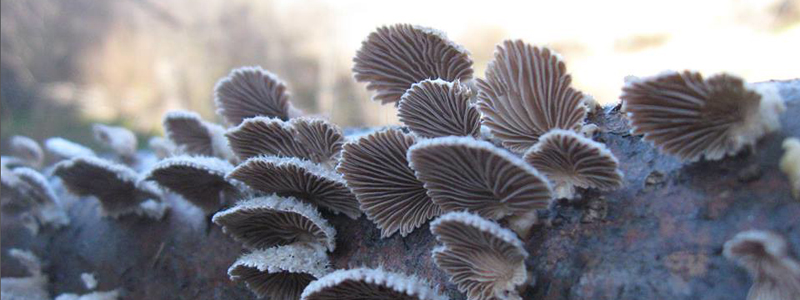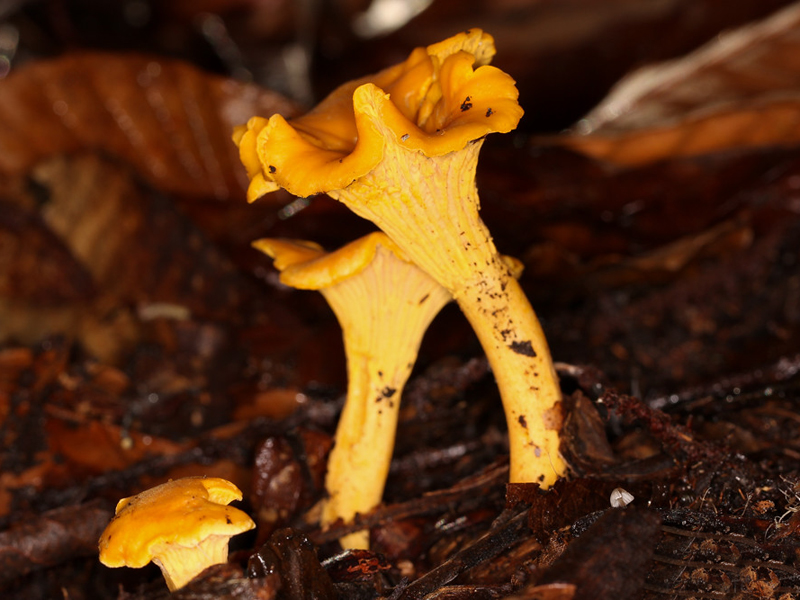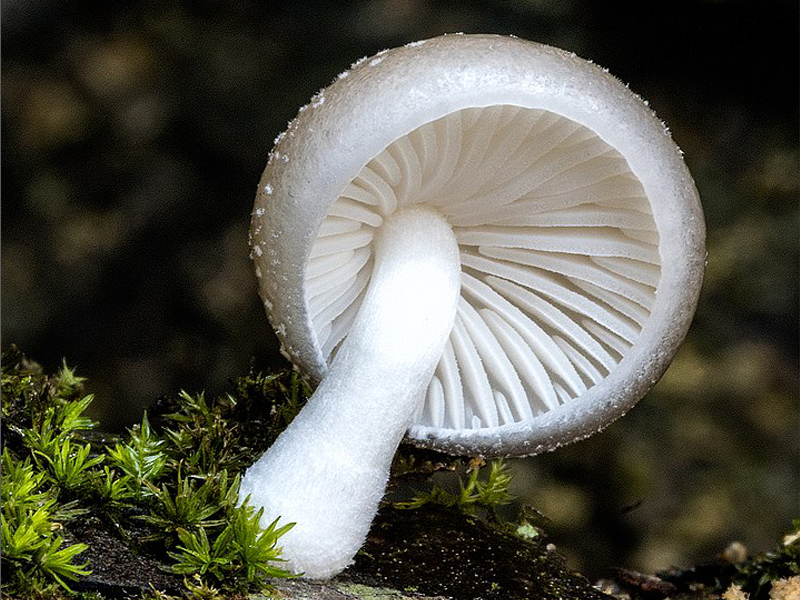
Evidences from various parts of the world suggest that humans started eating wild mushrooms since the prehistoric period. According to Wassan (1898-1986), the father of ethnomycology, the human cultures could be divided into two categories with respect to utilization of mushrooms -mycophilic and mycophobic. The mycophilic are those who regard mushrooms as the epitome of food, and mycophobic are those who consider mushrooms as poisonous life forms. Generally, most of the Asians and Africans are considered as mycophilic. The local poor communities are largely mycophilic who collect mushrooms along with other edibles like leafy greens, tubers, fruits and seeds to support their food and health security. Mushrooms are high quality food supplements that fall between the vegetables and animal protein sources and contain most of the essential amino acids, water-soluble vitamins and all the minerals that our bodies require. The ethnic communities of India utilize mushrooms widely for culinary, medicinal purposes and religious ceremonies.


A study conducted by the MSSBG team revealed (Anil Kumar et al., 2008) the presence of 40 wild edible mushroom species at Wayanad district and detailed account of each taxon. This study also exhibited the profound knowledge of women about the ecology, usage and classification of a wide range of mushrooms that are available in the world. The Paniya, Kuruma and Kattunaikka are the three major tribal groups at Wayanad known for wild mushroom collection. Team MSSBG is now actively involved in educating the women and young community about the wild mushrooms and its uses.

MSSRF is the Hub Centre that plays pivotal role in the production of mushrooms in Wayanad district. The Centre supplies quality mushroom spawns and trainings on mushroom cultivation for the last 23 years without any break. Trainings on theory and practical aspects of mushroom cultivation are being given to the farmers both in farmers’ field and institution. The trainings also included value addition sessions so that farmers could learn the marketing aspects also. A separate laboratory is operating in the institute exclusively for the production of mushroom spawns.
Download : List of Wild Edible Mushroom
Joseph John
Scientist, MSSRF
Picture Courtesy
- https://www.flickr.com/photos/131506271@N06/24203803394/
- https://www.flickr.com/photos/luisgaifem/16545225829
- https://commons.wikimedia.org/wiki/File:Oudemansiella_canarii_(Jungh.)_H%C3%B6hn_869407.jpg
- https://commons.wikimedia.org/wiki/File:Termitomyces_microcarpus_(Berk._%26_Broome)_R._Heim_634430.jpg
